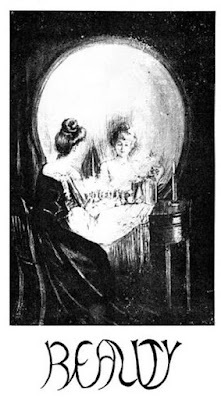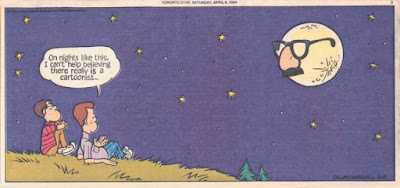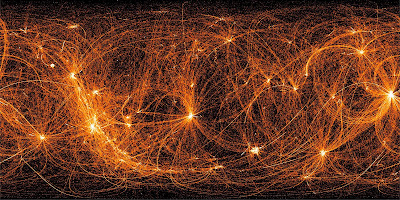Visit the NASA web page that explores this image:
 | |
| The same image with some prominent x-ray sources labelled |
NICER is NASA's Neutron star Interior Composition ExploreR. Learn all about it at the...
NASA also has some great education videos about all the different wavelengths of light that make up the electromagnetic spectrum, including x-rays:
The
spectrum below displays the uses to which we put various wavelengths of
the electromagnetic spectrum:
For more on the above illustration, take the NASA Science:
Tour of the Electromagnetic Spectrum
Science at NASA video about x-rays
The TED Educational Service has an excellent video on the history and nature of x-rays:
How X-rays see through your skin - Ge Wang
X-ray Astronomy is a new way of looking at outer space and reveals much more than the light we see can reveal. The Chandra X-ray Observatory is NASA's flagship mission for X-ray astronomy and has a fascinating and informative website:


































